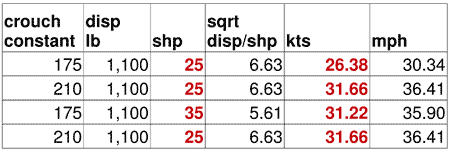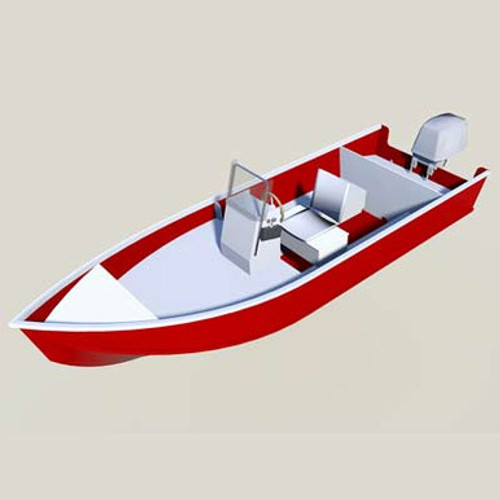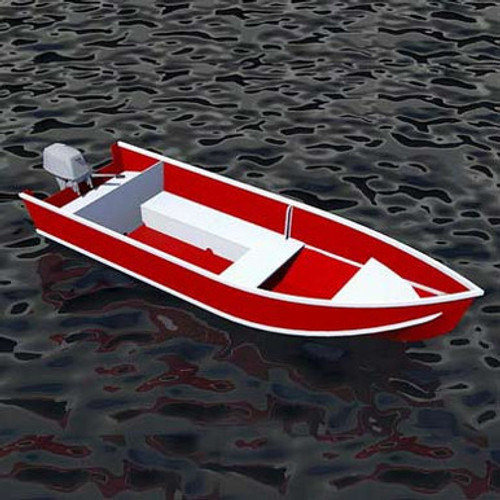Step Hydroplanes have been around for many years. During the First World War (that's almost 100 years ago!) the British Company, Thorneycroft built 40 foot stepped hull motor torpedo boats which displaced almost 4 tons that were capable of 34 knots from a 250 bhp engine.
In 1938 Sir Malcolm Campbell's step hulled K3 Bluebird set the world water speed record of 130.91 mph. This boat was 23 feet long and powered by a Rolls Royce 2,150 hp aero engine.
Bluebird K3 was probably the pinnacle of step hydroplane development, by that time the first 3 point suspension hydroplanes had been developed in America and the racing and speed record fraternity concentrated on that hull form. The following year Campbell commissioned Bluebird K4, a 3 point hydroplane.

As long ago as 1954(i) it was suggested that the demise of the step hydroplane in racing and speed record circles was due to the introduction of the 3 point hydroplane yet this hull type was inferior to the step hydroplane in terms of load carrying, high speed maneuvering, and rough water capability.
I have a theory that the demise of the step hydroplane in fields other than racing came about for 3 reasons:
- The introduction of the 3 point hydroplane in racing and speed record circles.
- The difficulty in manufacturing a step hull in the materials and methods available at the time. Modern construction techniques have overcome this difficulty.
- The historical cost of gasoline, particularly in America. Why have a troublesome step hull on your boat when you can just bolt another 50 hp on the transom?
Why am I telling you this?
The construction method of Volare (in 2 sections - front and rear, joined together) means that a stepped hull can be built almost as easily as a flat hull.
If the results of the my Crouch Formula calculations are correct then with a 25 hp engine, top speed for the stepped hull increases by 5 kts or, in terms of power saving, a 25hp stepped hull will produce the same top speed as a 35 hp flat hull.
The table below is an extract from my Crouch Formula spreadsheet:

At this stage the stepped hull version is in the experimental stage.
I cannot guarantee the results of the Crouch Formula calculations but for those seriously interested and wishing to know the speed / bhp data for their particular engine and loading requirements, I'll be happy to run the data through the spreadsheet.
I also recommend that any builder experiment with the following:
- Fixing ventilation ports on the unwetted surface of the rear hull in order to avoid closing off the unwetted area by wave motion.
My research into stepped hulls suggested this, however at this stage I am not convinced that ventilation ports will be of any benefit.
- The addition of a short bottom skid on the rear hull in order to aid stability.
- The addition of a short bottom skid on the front hull in order to aid stability.
The above three modifications are shown on the drawings.
The stepped hull option is available as a set of drawings for the rear section only so you need to buy a set of plans for the console or utility versions then buy the stepped hull option plans. â¦.. That's the bad news, the good news is that the instant download version of the stepped rear section drawings costs just $20.
(I) Sam Owen in Motor Boating December 1954, article entitled, 'Let's Revive the Step Hydroplane'
Acknowledgements to the Hydroplane History website






